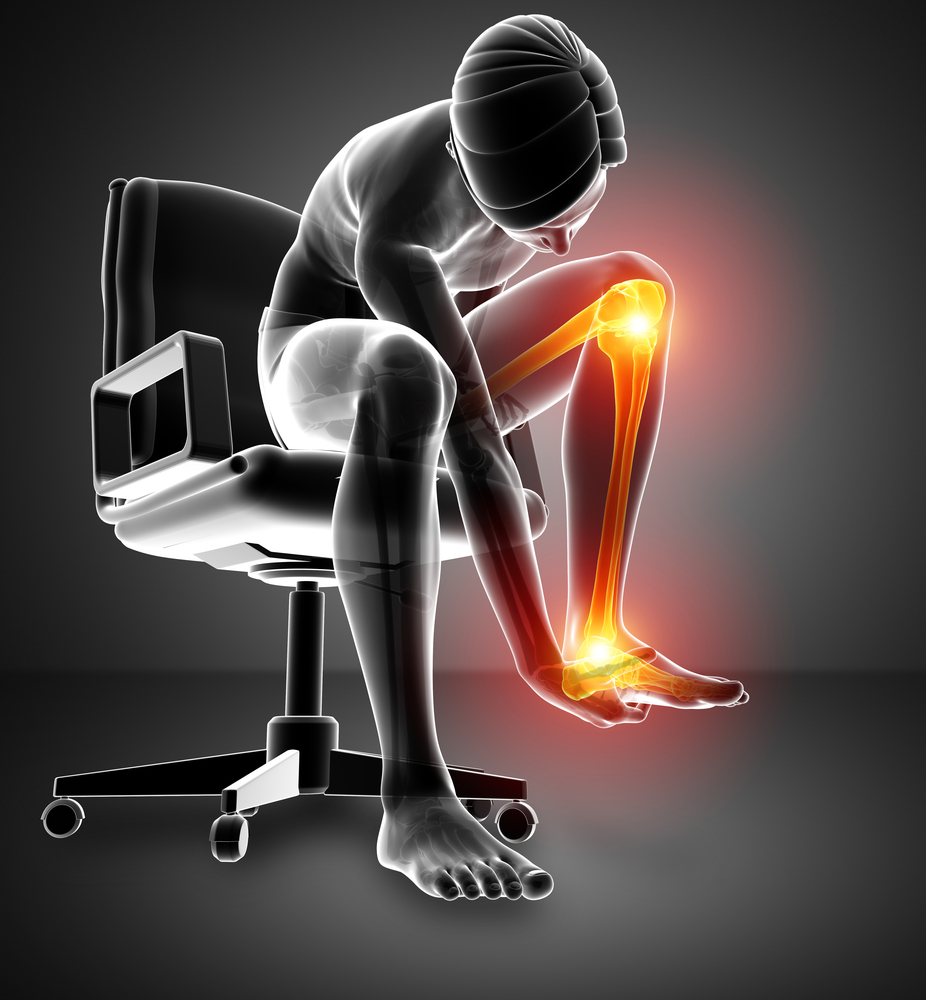Identifying the Bone Disorder That a Gaucher Patient Has Is Important, Study Concludes

Bone problems in Gaucher disease should receive special attention so doctors can diagnose the kinds of disorders they are and treat them with therapies like enzyme replacement therapy (ERT), according to a study.
Microindentation, a method of measuring the mechanical properties of bone tissue, could be an appropriate tool for assessing and managing bone health, the researchers said.
The study, “Assessment of Bone Health in Patients with Type 1 Gaucher Disease Using Impact Microindentation,” was published in the Journal of Bone and Mineral Research.
Previous studies have shown that up to 80 percent of Gaucher patients have bone disorder, the main manifestation of the disease. The problems include osteoporosis, or brittle bones, and death of bone tissue due to insufficient blood supply, a condition known as avascular necrosis.
Spanish researchers sought a comprehensive way to assess bone health in Gaucher patients. A team led by Dr. Adolfo Díez-Pérez of the Hospital del Mar and Universidad Autónoma de Barcelona selected 16 patients with type 1 Gaucher disease and 29 healthy volunteers as controls. They took the patients from the Catalan Study Group on Gaucher Disease.
The researchers used dual energy X-ray absorptiometry (DXA) to analyze patients’ bone-mineral density and bone impact microindentation to analyze bone-material strength.
Gaucher patients had significantly lower bone-material strength and less bone-mineral density than the controls. The researchers also found a correlation between higher levels of the chitotriosidase enzyme, a biomarker of Gaucher disease, and lower bone-material strength.
They concluded there was a deterioration in the mechanical characteristics of bone tissue in patients with type 1 Gaucher disease.
“We believe that a comprehensive evaluation of bone health may also contribute to a better assessment of the disease and of treatment effects, aspects that deserve further investigation,” they wrote.
Gaucher disease is a genetic condition characterized by the absence of an enzyme called glucocerebrosidase, which is responsible for breaking down the fatty substance glucocerebroside. Lack of the enzyme causes the disease by allowing the fatty substance to accumulate in the spleen, liver, bone marrow, lungs, brain and spinal cord.



